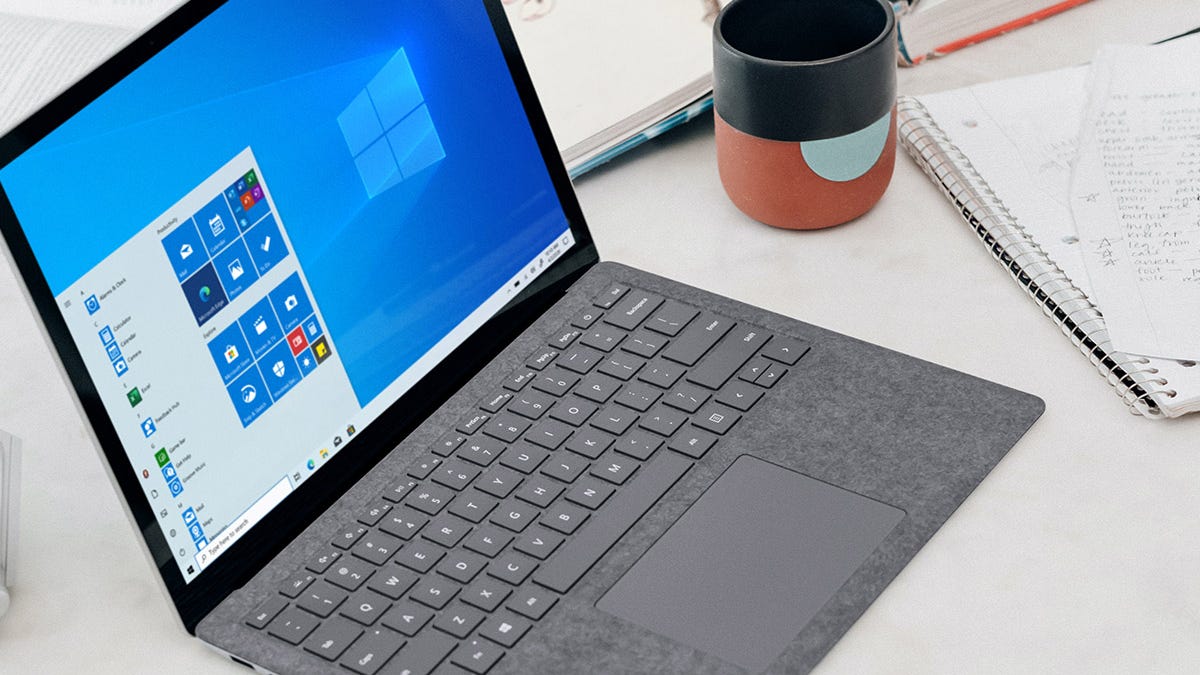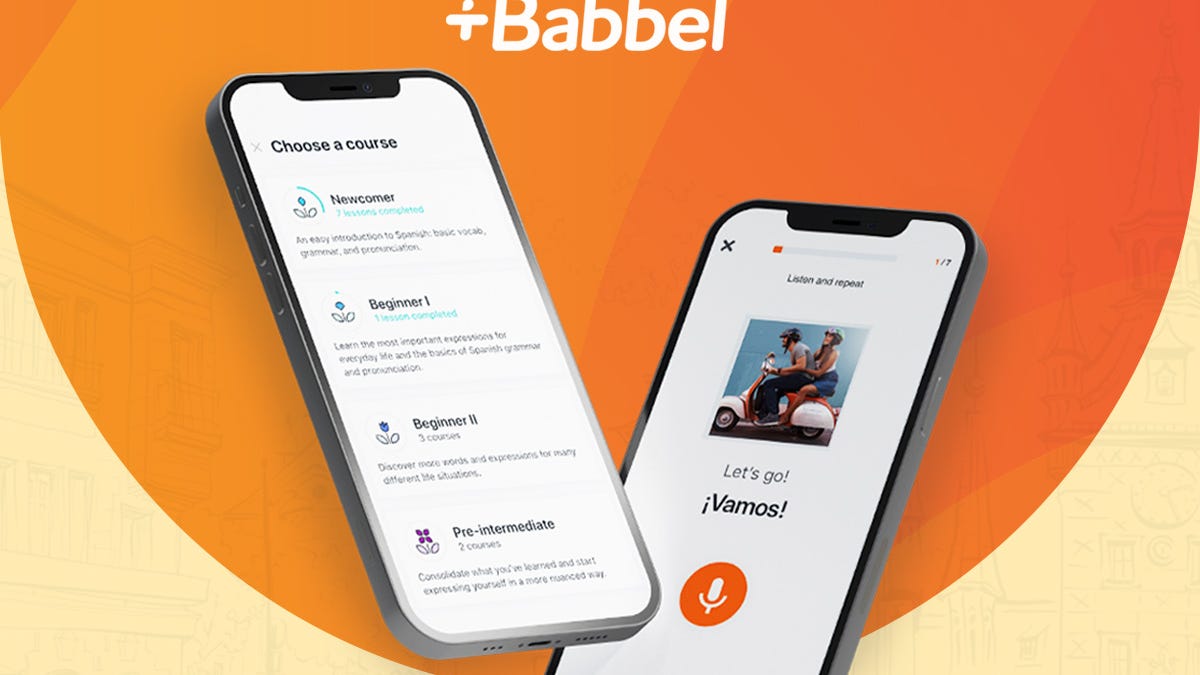BOOK THIS SPACE FOR AD
ARTICLE ADAs Windows 10 begins its final year of official support, Microsoft is executing a familiar game plan for its business customers.
Last April, in separate posts on the Windows IT Pro Blog and on the Microsoft Education Blog, the company revealed its price list for commercial and education customers who want to continue receiving security updates for Windows 10 after the end-of-support deadline arrives on October 14, 2025.
The company had previously confirmed that it plans to offer a version of this program for consumers, but waited six additional months, until October 31, 2024, to release those details. The details are buried near the end of a long-winded post that sings the praises of Windows 11 and encourages business customers to upgrade or buy new PCs.
If you plan to keep using Windows 10, here's what you can expect to pay.
Business customers
Business customers will need to pay dearly to stick with Windows 10. A license for the Extended Security Updates (ESU) program is sold as a subscription. For the first year, the cost is $61. For year two, the price doubles, and it doubles again for year three. That Microsoft blog post doesn't do the math on those, probably because the total is uncomfortably high. A three-year ESU subscription will cost $61 + $122 + $244, for a total of $427 per PC.
Also: Have a Windows 10 PC that can't be upgraded? You have 5 options
The program closely resembles what Microsoft offered for Windows 7's end-of-support date in 2020, although the Windows 10 price is 22% higher than the $350 total cost of that program, which started at $50 for year one.
Don't think you can game the system by jumping into the program after sitting out for a year or two. "ESUs are cumulative," Microsoft said, and you can't buy year two unless you've already paid for year one.
Education customers
Education customers are getting off much easier. The rules are the same, but the price for the first year is $1. It doubles to $2 in the second year and doubles again to $4 in the third and final year, for a grand total of ... $7 per PC.
Also: You can still upgrade old PCs to Windows 11, even if Microsoft says no: Readers prove it
Administrators who want to get a head start can sign up for the first year of an ESU license as early as October 2024, one year before the actual end-of-support date.
As was the case with Windows 7, Redmond really wants business customers to upgrade to Windows 11, which explains the high price tag. Microsoft's April announcements talk just as much about what you don't get with an ESU license as they do about the updates themselves.
Extended Security Updates are not intended to be a long-term solution but rather a temporary bridge. ESUs do not include new features, non-security fixes, or design change requests. The ESU program does not extend technical support for Windows 10. Technical support is limited to the activation of the ESU licenses, installation of ESU monthly updates, and addressing issues that may have been caused due to an update itself.
Note: This post was originally published in April 2024. The most recent update was on October 31, 2024.
.png)
 3 weeks ago
18
3 weeks ago
18 














 Bengali (Bangladesh) ·
Bengali (Bangladesh) ·  English (United States) ·
English (United States) ·